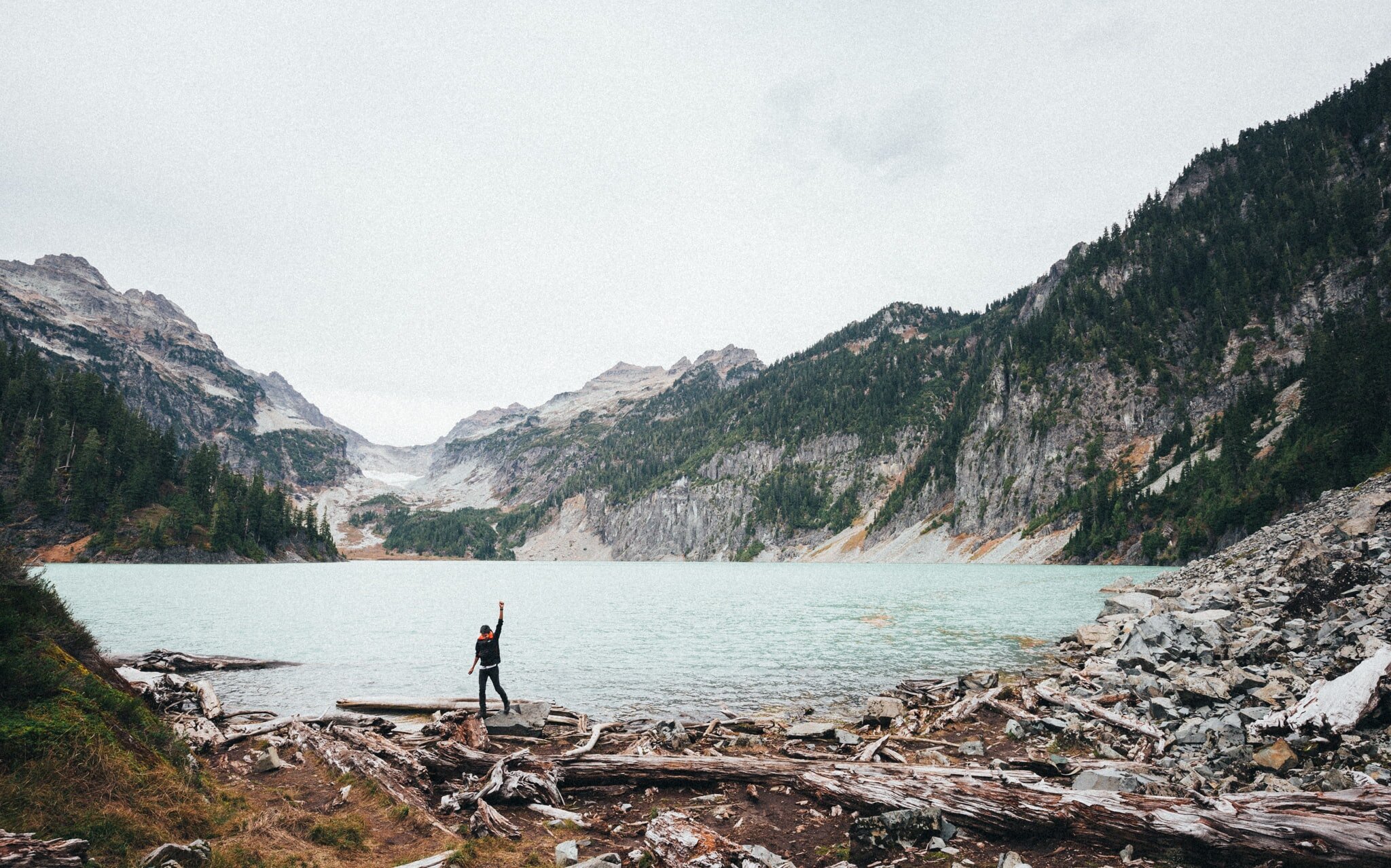Five takeaways from the Biden administration 30x30 Report
Photo credit: Nitish Meena, Blanca Lake, Washington
We’ve been talking a lot about 30x30 recently – it’s a goal that arose out of the scientific community’s consensus that we need to conserve 30 percent of the world’s lands and waters by 2030 in order to protect biodiversity and the climate. One statistic you may have seen is that in the U.S., we lose a football field of land every 30 seconds to development. Conserving land and water is one critical way we can protect the climate, habitat, and biodiversity, and of course ensure there are green spaces and parks that provide so many benefits to communities.
Last week, the Biden administration shared a report called “Conserving and Restoring America the Beautiful,” which is a plan for how the U.S. can conserve the lands and waters that we all depend on. The report follows from President Biden’s Executive Order on the environment back in January that asked the Department of the Interior to explore how the U.S. could pursue 30x30.
The report is really interesting (and we recommend you read the whole thing if you have some time!) but here are five takeaways that reveal how the Biden administration is approaching this goal and what we are stoked about:
1. It’s going to be locally-led. One of the big focuses of the report is that conserving lands must be led by locals and must recognize the stewardship of farmers, ranchers, forest owners, Tribal Nations, hunters and anglers, and local land managers. The report also recognizes that conserving land should be balanced across the country – not just focused on western lands.
2. Parks where they are needed most. The report recommends that we focus on creating more parks and outdoor opportunities in “nature-deprived communities.” Two funds – the Land and Water Conservation Fund and the Outdoor Recreation Legacy Partnership – will help provide funding to create new parks and access to nature in underserved communities.
3. Increase access for recreation. The report recognizes that conserved lands have many benefits beyond environmental protections – in particular, access to outdoor recreation. It also recommends that the administration, “prioritize management planning that identifies lands and waters that are appropriate to be conserved and managed for outdoor recreation.” This is a big deal – land planning efforts (like forest plan revisions) can do an uneven job of accounting for outdoor recreation. We need a better way to plan, conserve, and protect landscapes with amazing outdoor recreation.
4. A thoughtful take on public lands and their history. Public lands have a complicated history. The report recognizes that America’s lands and waters have been both the source of wealth and enjoyment across American history and the site of “struggle and injustice,” especially for Native people and Black Americans. It also recognizes that the last year has deepened many Americans’ appreciation for the outdoors, even as it’s brought into sharp relief that not everyone has access to green space and that climate change is intensifying.
5. We still don’t really know what “counts” toward the 30 percent goal. Rather than setting a standard for conservation for the purposes of 30x30, the report suggests tasking agencies with developing a “conservation and stewardship atlas” that would define a baseline for conservation efforts. Conservation can be complex, especially when looking to protect biodiversity and climate, as well as equitable access to the outdoors, so this feels like a necessary step. At the same time, there are opportunities to expand conservation efforts right away, particularly on national public lands and waters, and we’re keen to ensure that additional study does not become an impediment to action.
What happens next? The report goes to the National Climate Task Force, and we expect additional actions from the President to put these recommendations into action. The report also recommends additional stakeholder outreach and the formation of advisory councils, and we’ll continue to share opportunities to be engaged.
Overall, we’re stoked to see the administration prioritizing land conservation and doing so in a way that recognizes the many, interrelated benefits of conserved land, not just for climate and biodiversity in the abstract, but also for people, the economy, and our health and well-being as a nation.
You can get involved by sending your lawmakers a note sharing your support for 30x30 and other efforts to use protected public lands and waters as a strategy to mitigate climate change.

